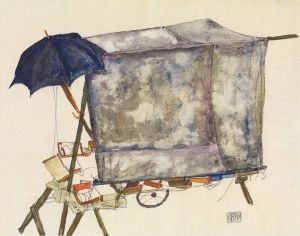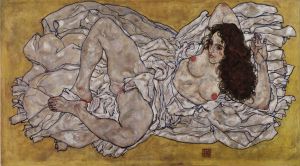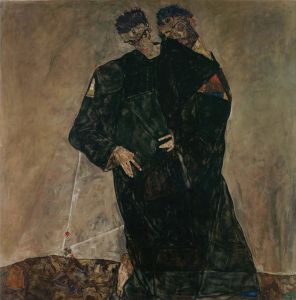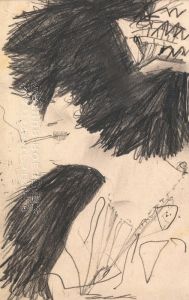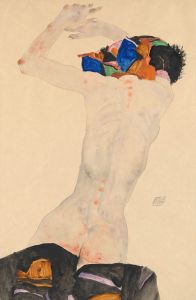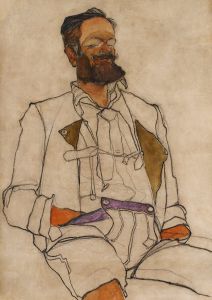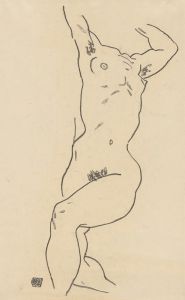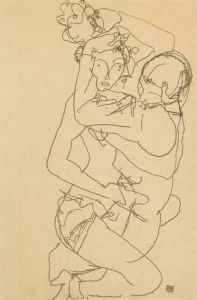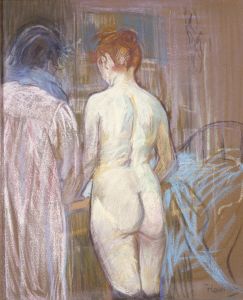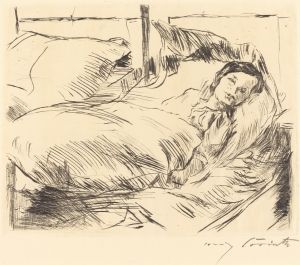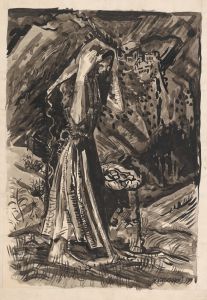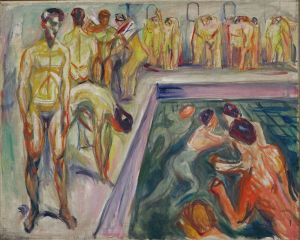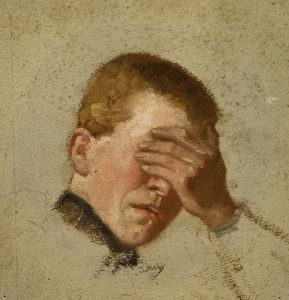
Stehende Frau
A hand-painted replica of Egon Schiele’s masterpiece Stehende Frau, meticulously crafted by professional artists to capture the true essence of the original. Each piece is created with museum-quality canvas and rare mineral pigments, carefully painted by experienced artists with delicate brushstrokes and rich, layered colors to perfectly recreate the texture of the original artwork. Unlike machine-printed reproductions, this hand-painted version brings the painting to life, infused with the artist’s emotions and skill in every stroke. Whether for personal collection or home decoration, it instantly elevates the artistic atmosphere of any space.
Egon Schiele, an Austrian painter known for his distinctive style and significant contribution to early 20th-century art, created the artwork "Stehende Frau" (Standing Woman). Schiele was a protégé of Gustav Klimt and a major figurative painter of the early 20th century. His work is noted for its intensity and raw sexuality, and the many self-portraits he produced, including nude self-portraits, are among his most famous works.
"Stehende Frau" is one of Schiele's many explorations of the human form, characterized by his unique approach to depicting the human body. Schiele's work often features elongated figures, expressive lines, and a bold use of color, which are evident in this piece. His figures are frequently depicted in unconventional poses, emphasizing their emotional and psychological states rather than adhering to traditional standards of beauty or proportion.
The painting "Stehende Frau" reflects Schiele's interest in capturing the essence of his subjects through exaggerated forms and stark, often unsettling compositions. The standing woman in the painting is portrayed with a sense of vulnerability and introspection, a common theme in Schiele's work. His use of line and form challenges the viewer's perception of the human body, inviting them to engage with the subject on a deeper, more emotional level.
Schiele's work was heavily influenced by the socio-political climate of his time, as well as his personal experiences. He lived during a period of great change and upheaval in Europe, which is often reflected in the tension and intensity of his art. Schiele's exploration of themes such as sexuality, death, and existential angst resonated with the expressionist movement, of which he was a key figure.
Despite his relatively short life—Schiele died at the age of 28 in 1918 due to the Spanish flu pandemic—his impact on the art world was profound. His work was initially met with controversy due to its explicit content and departure from traditional artistic norms. However, Schiele's art has since been recognized for its innovative approach and emotional depth, securing his place as a pivotal figure in modern art history.
"Stehende Frau" exemplifies Schiele's ability to convey complex human emotions and the fragility of the human condition through his art. The painting remains a testament to his skill as an artist and his willingness to push the boundaries of artistic expression. Today, Schiele's works are celebrated for their contribution to the development of modern art, and they continue to be studied and admired for their boldness and emotional resonance.





